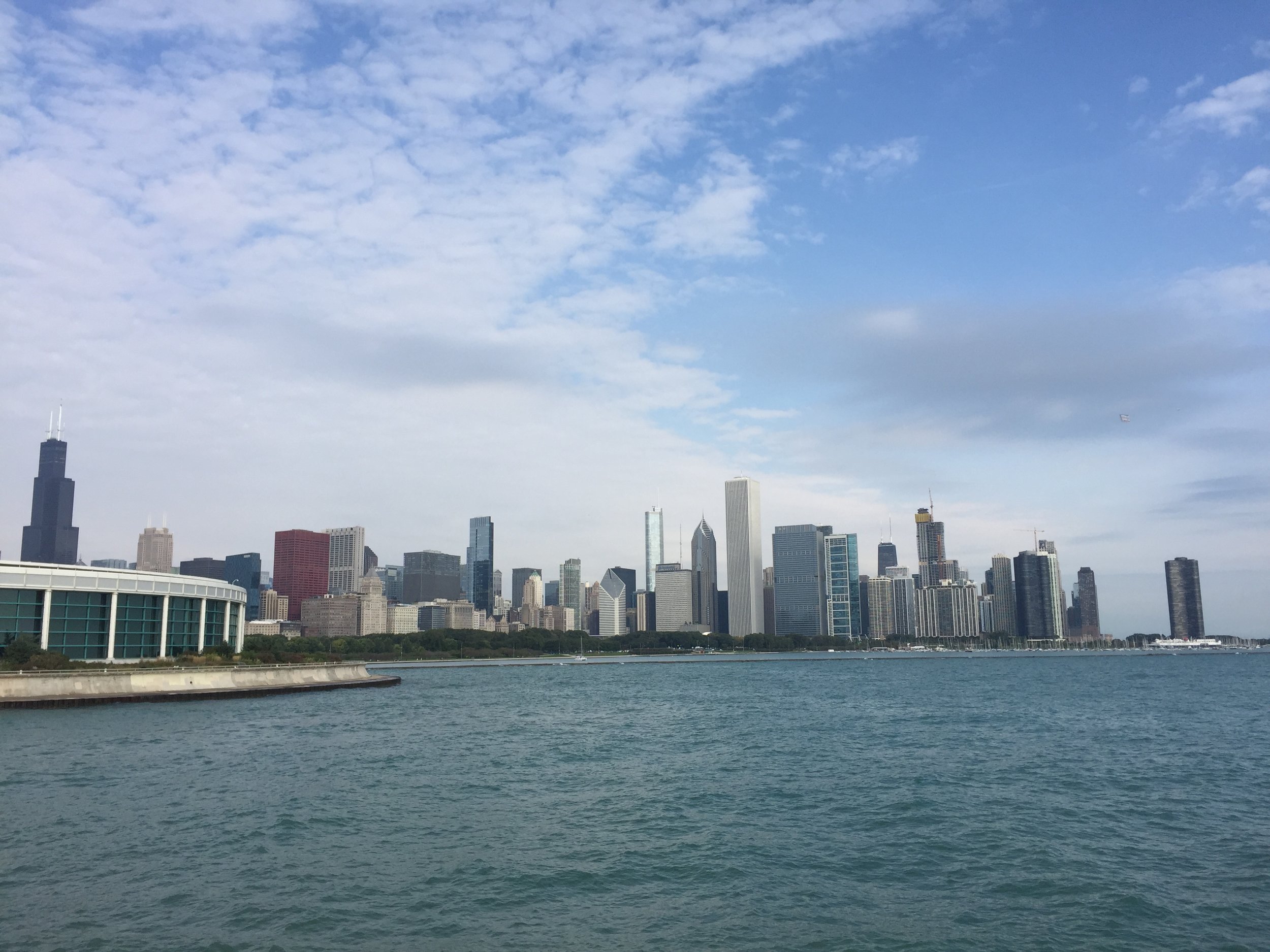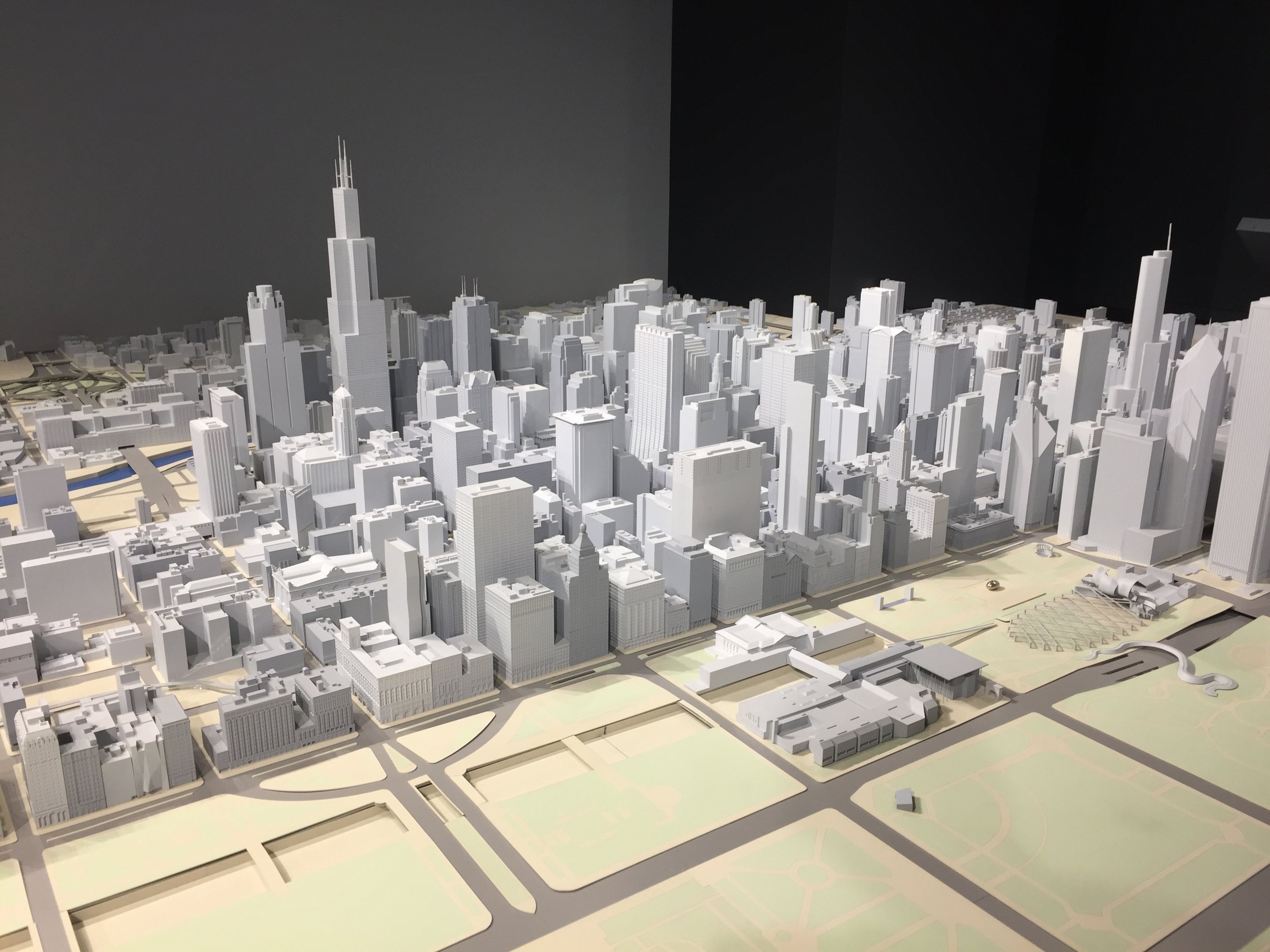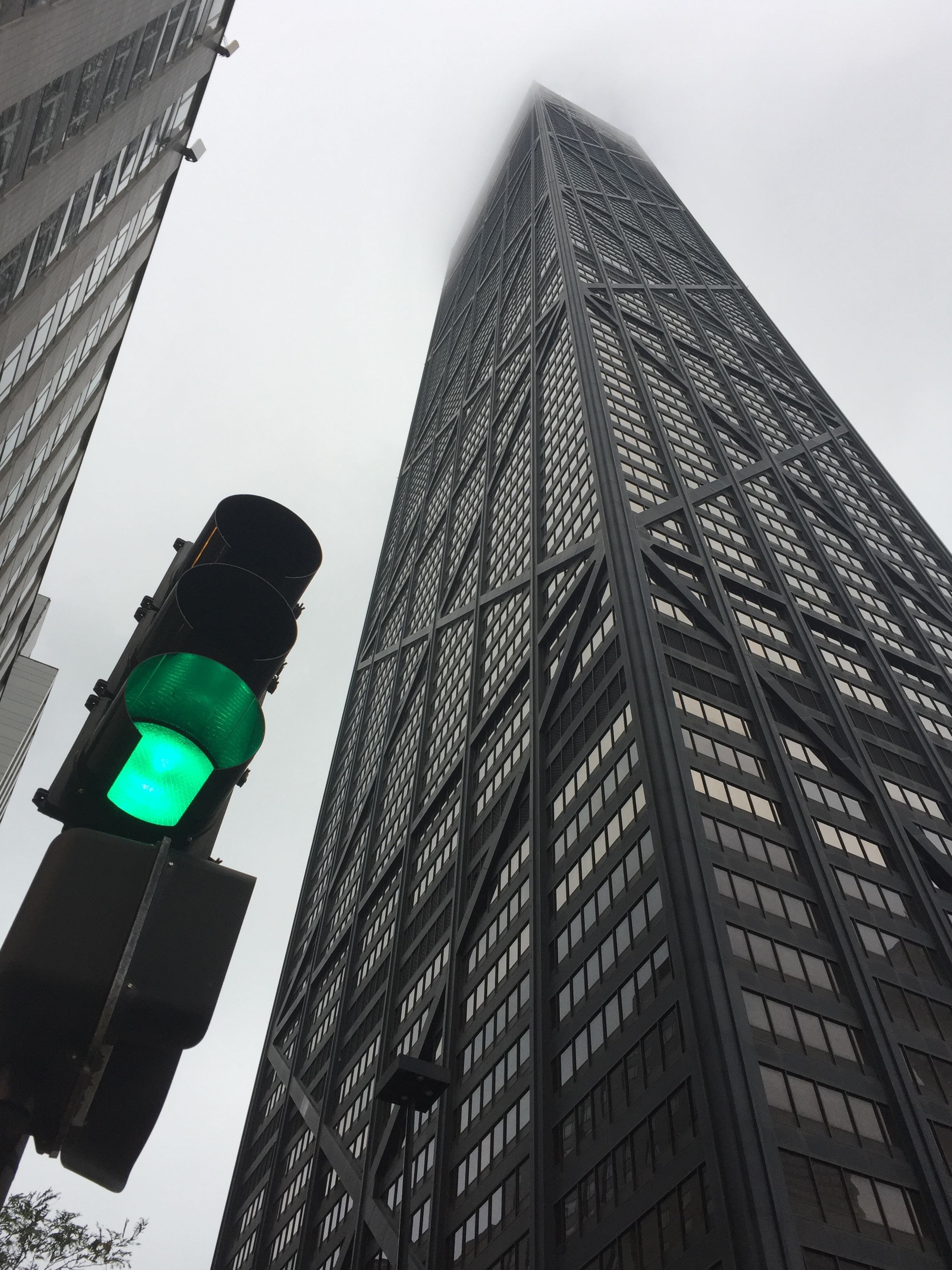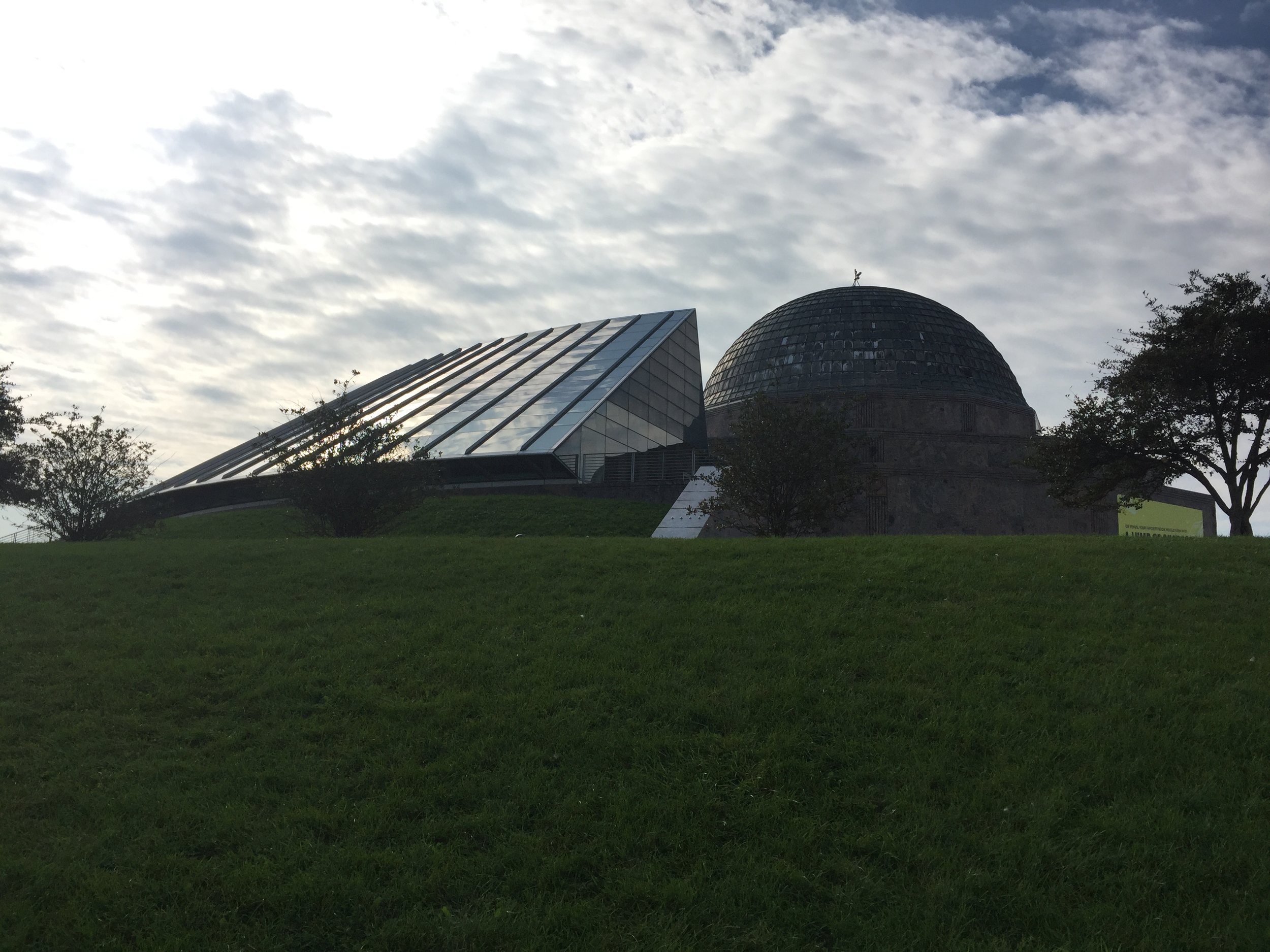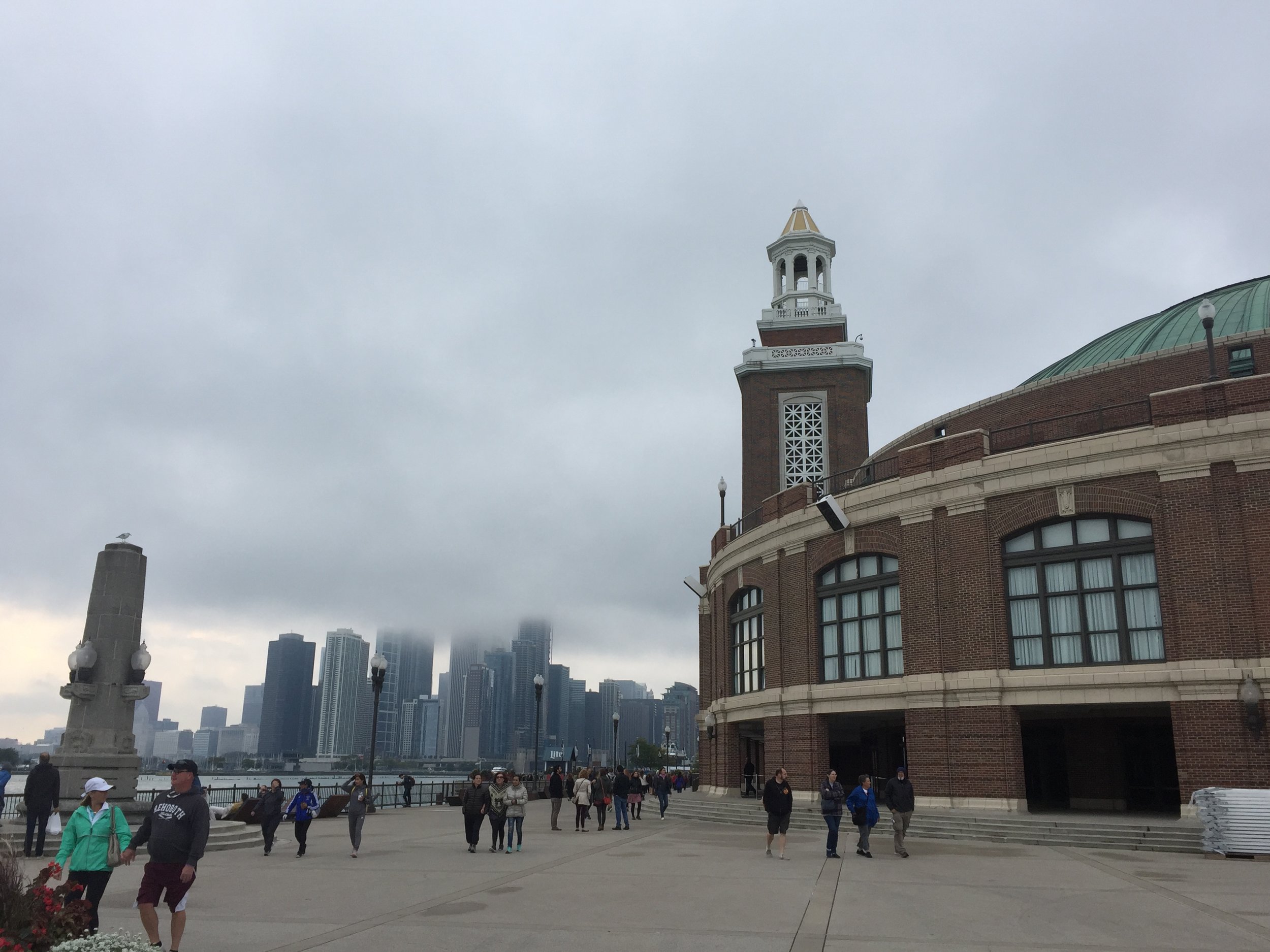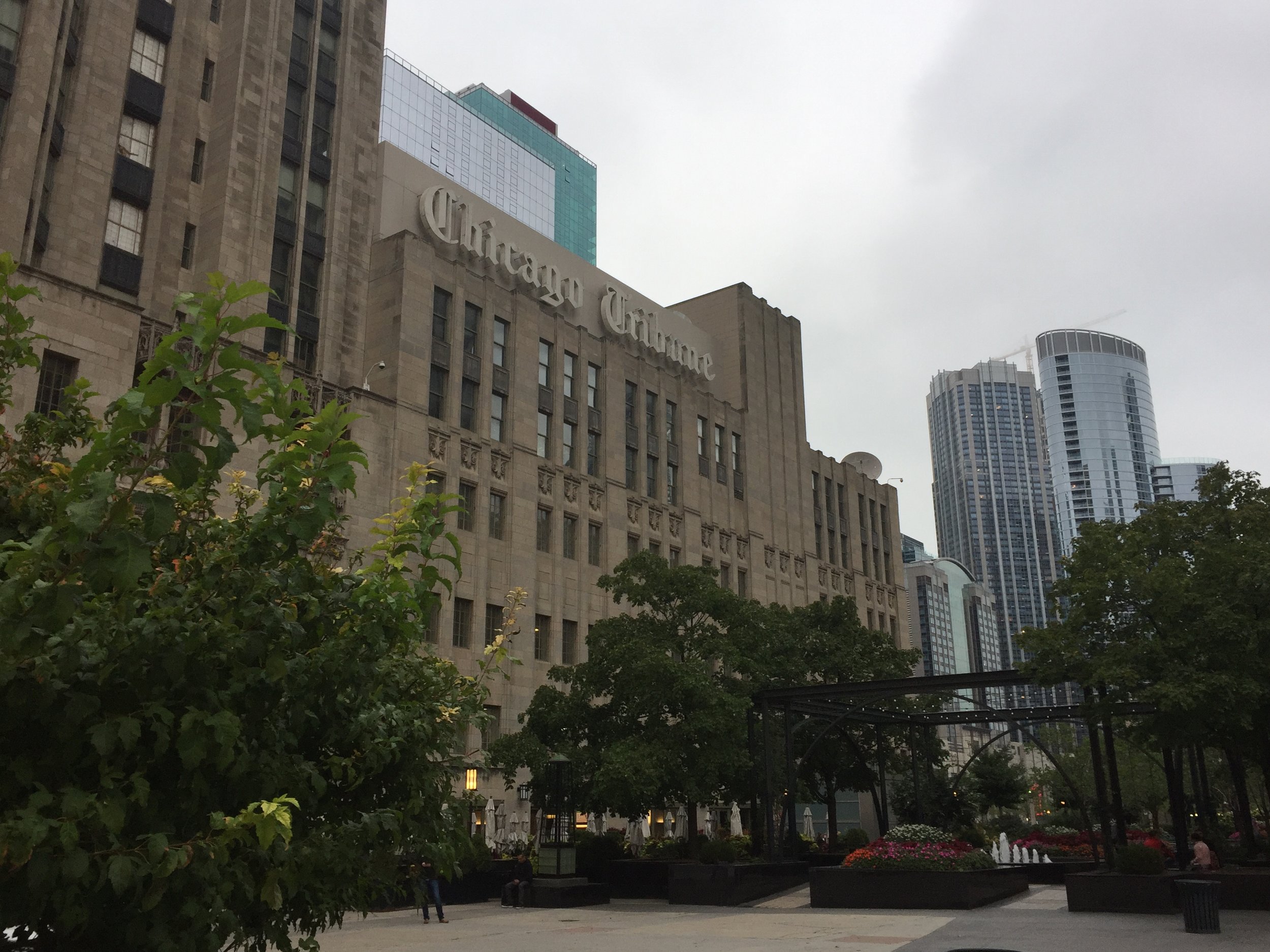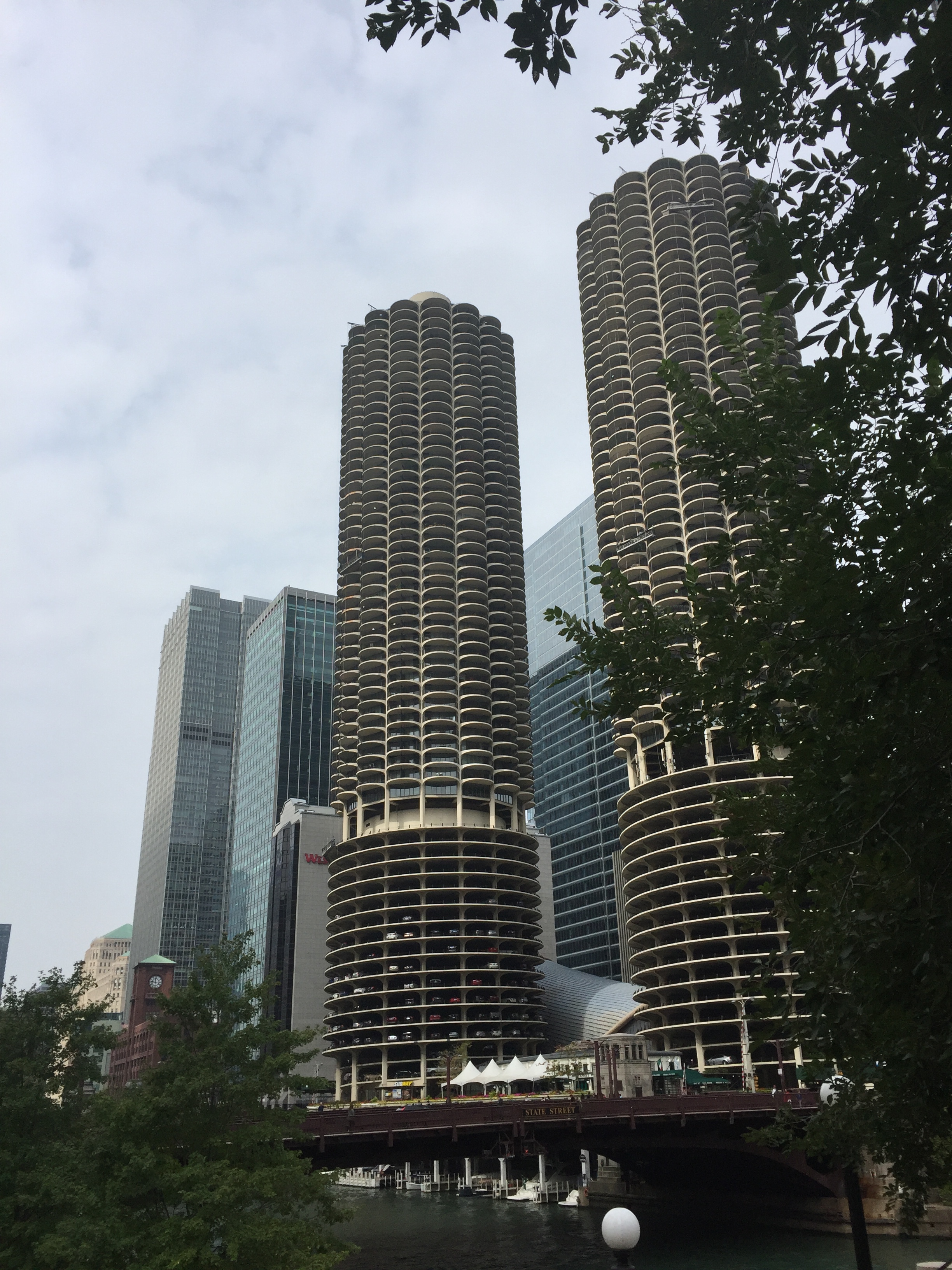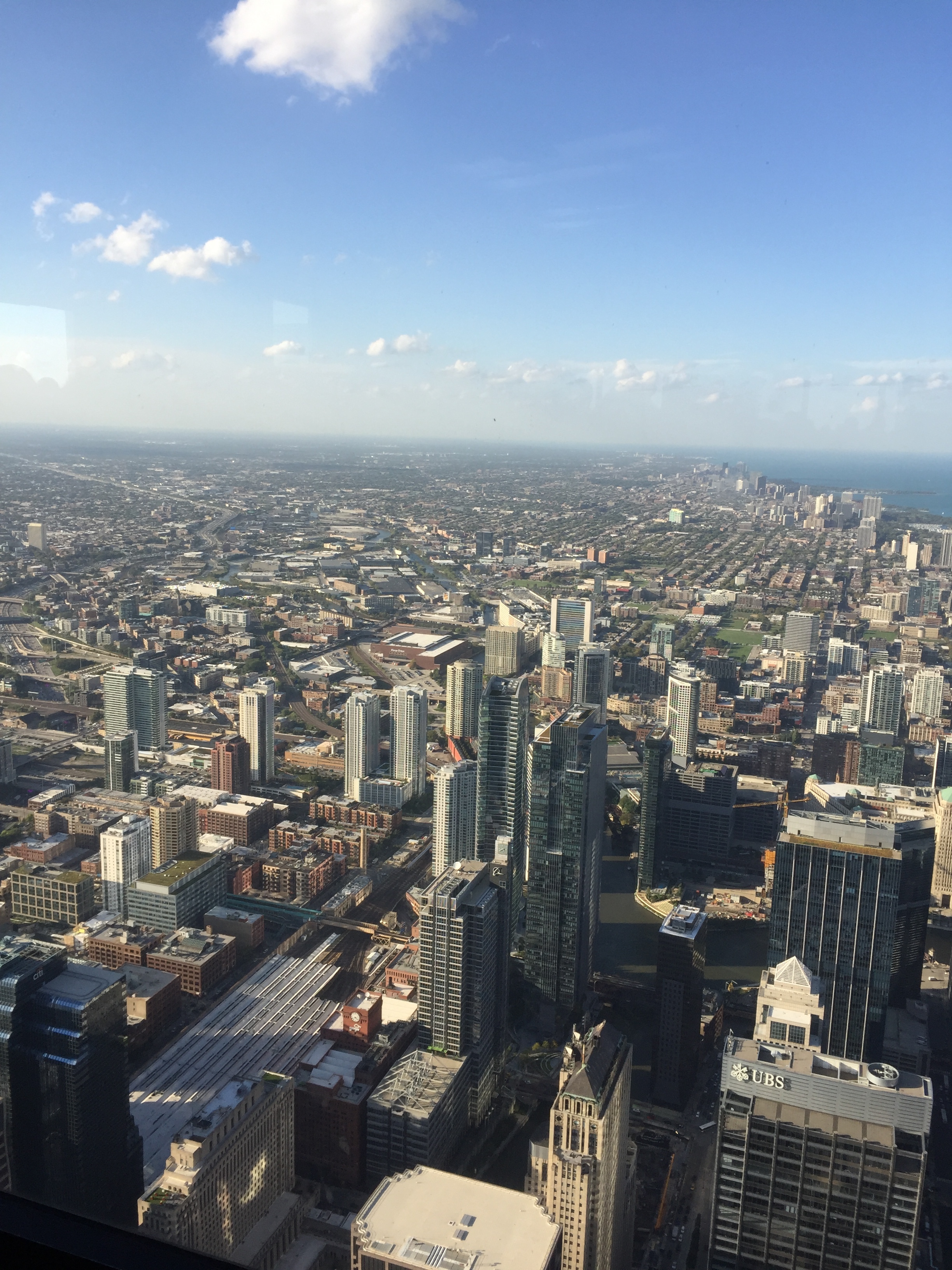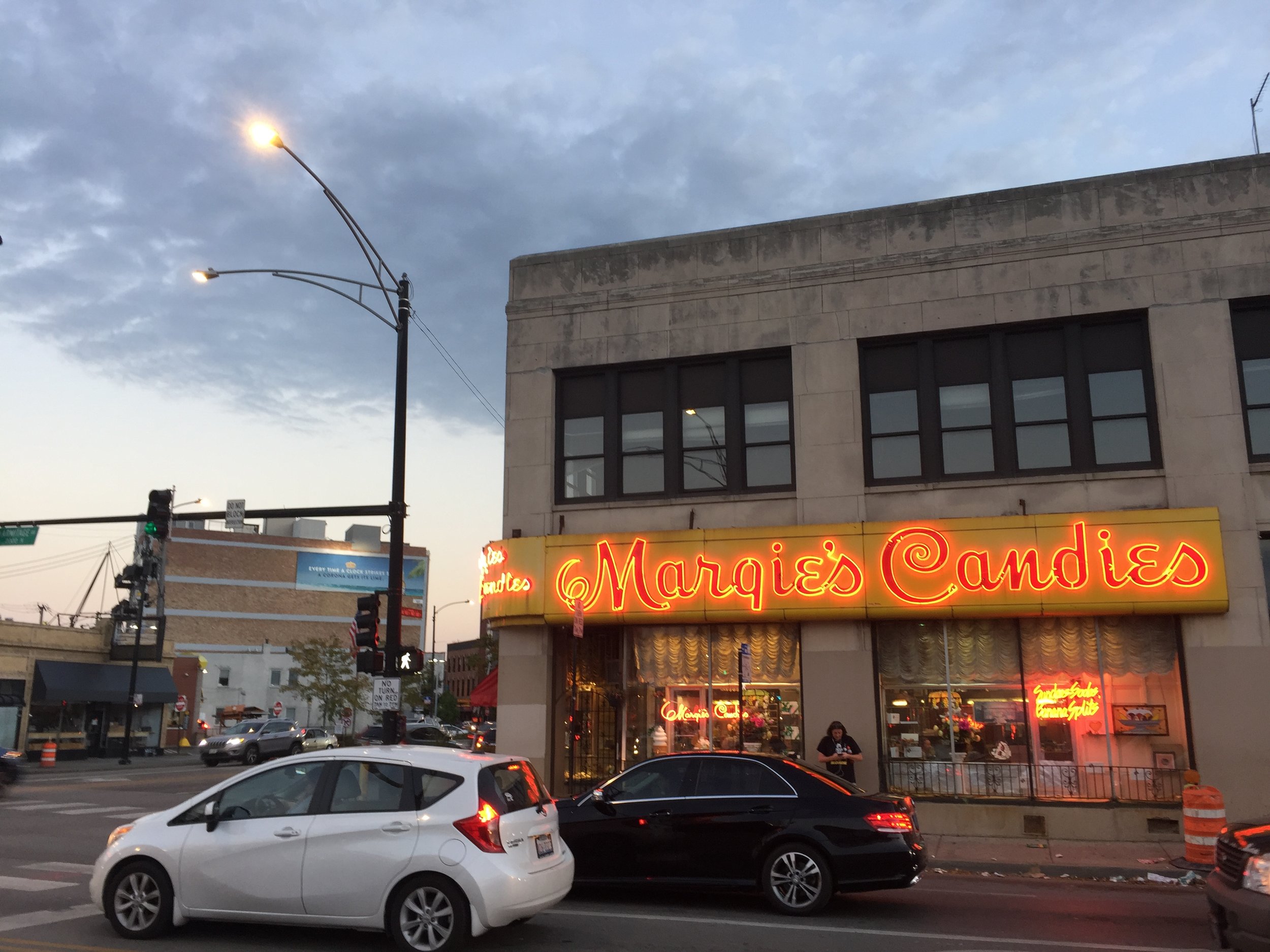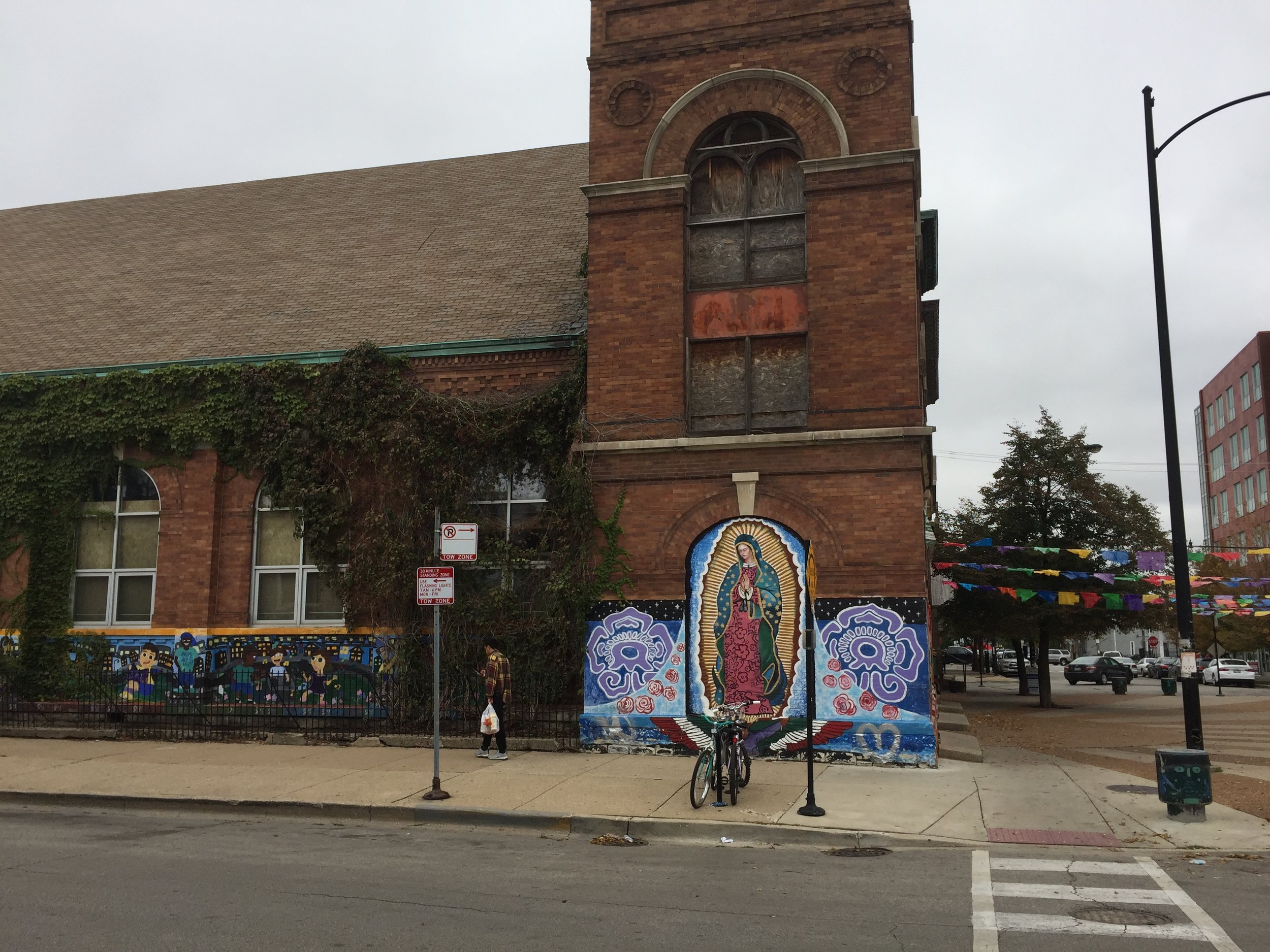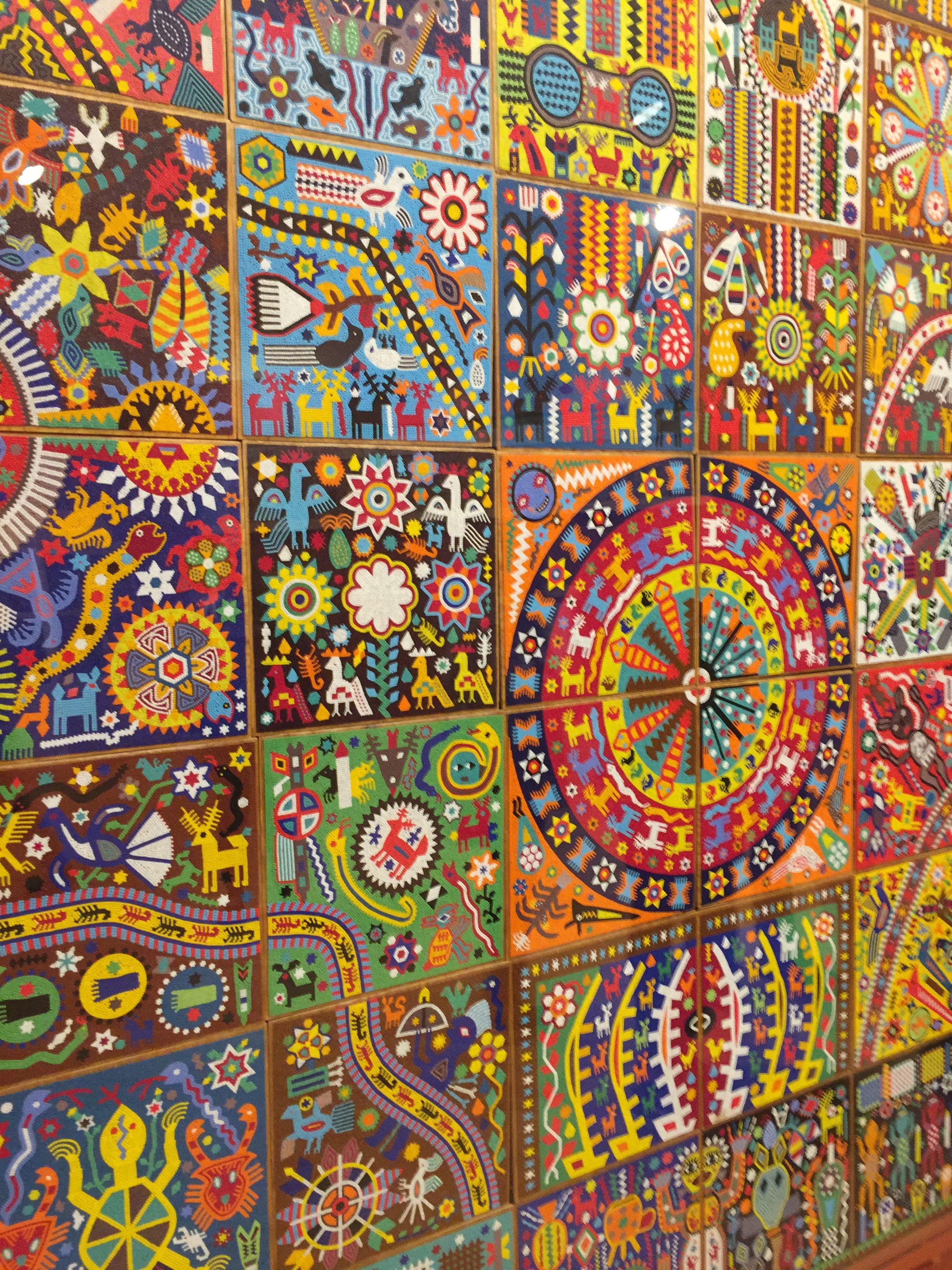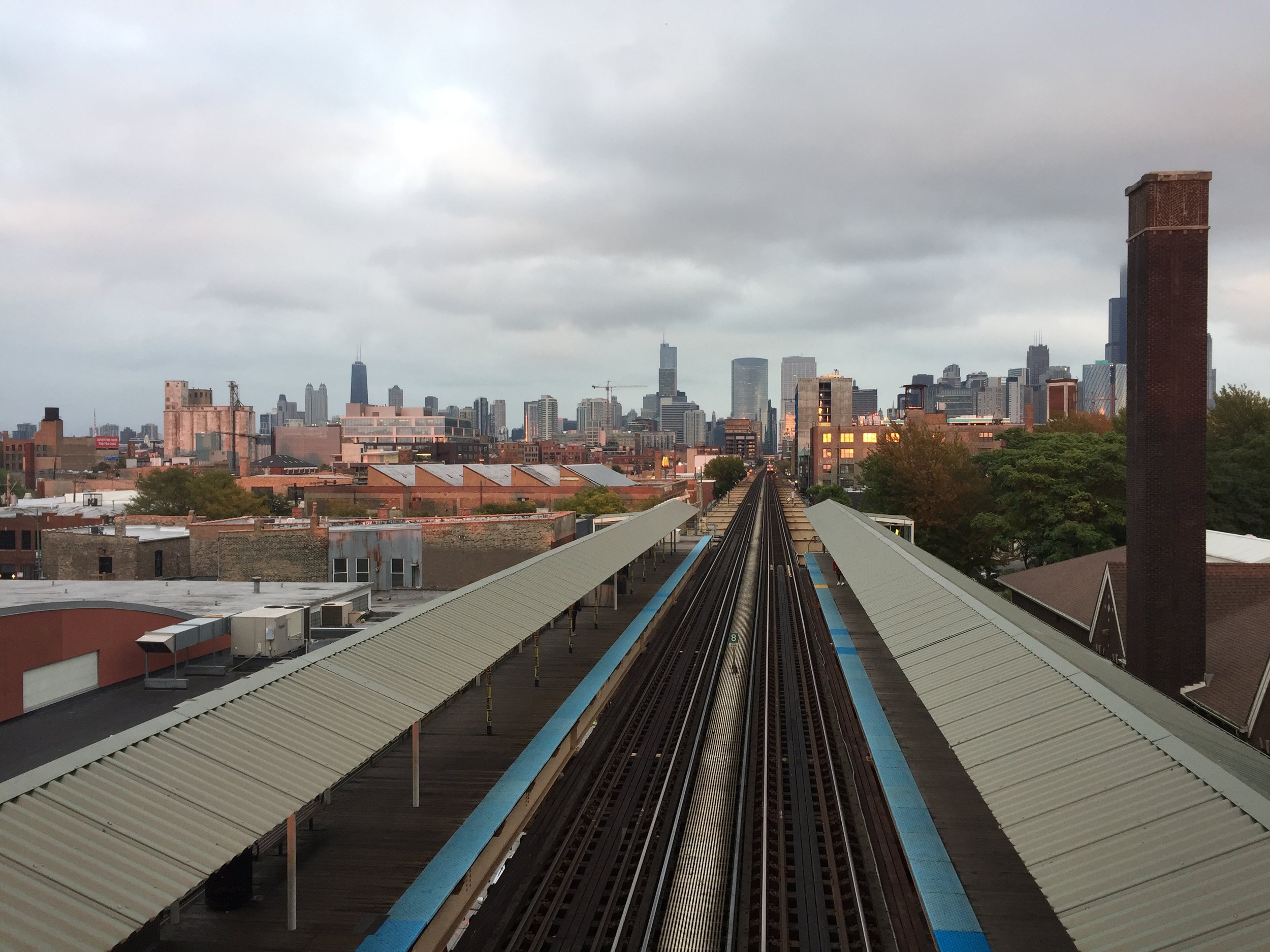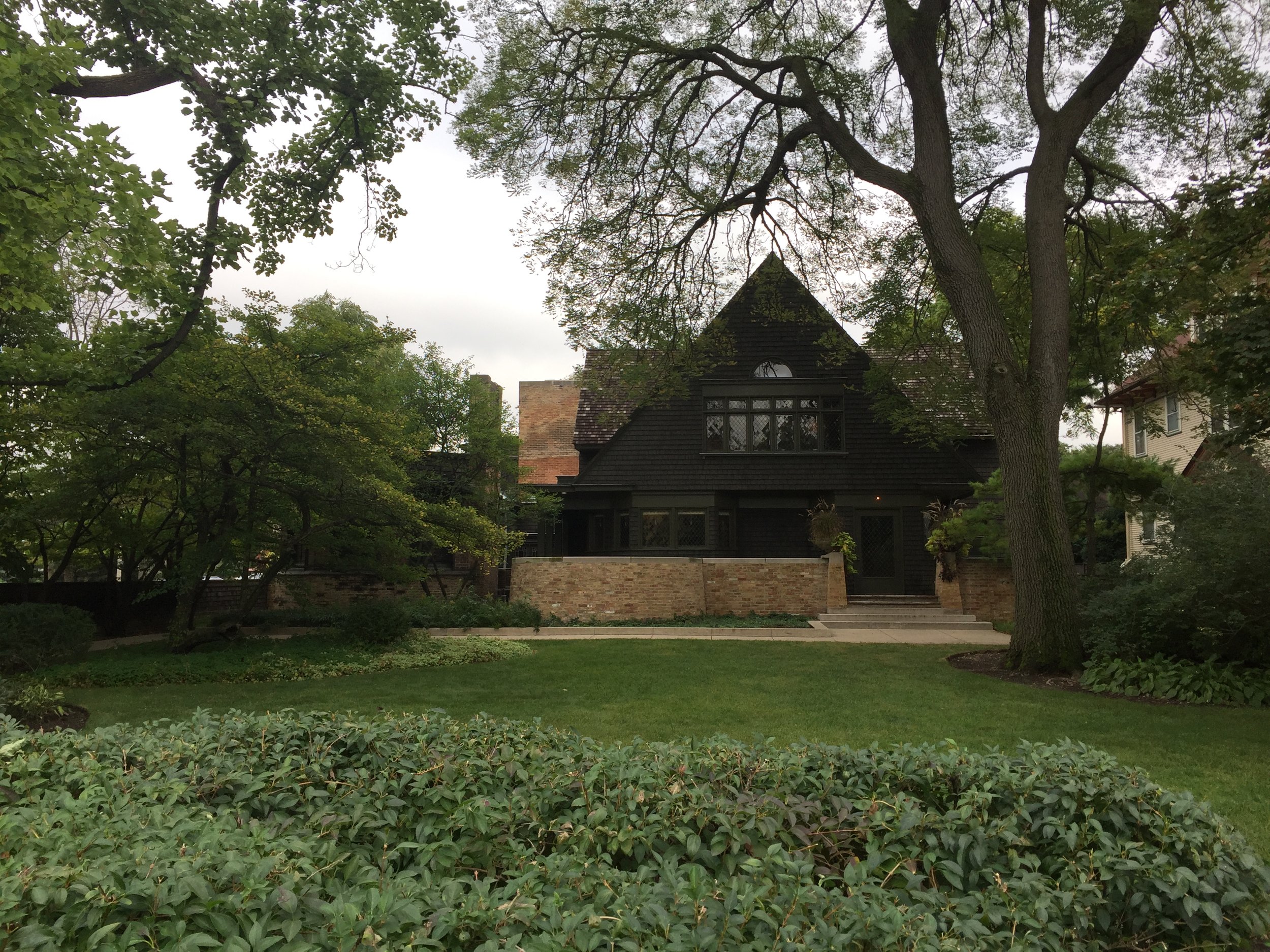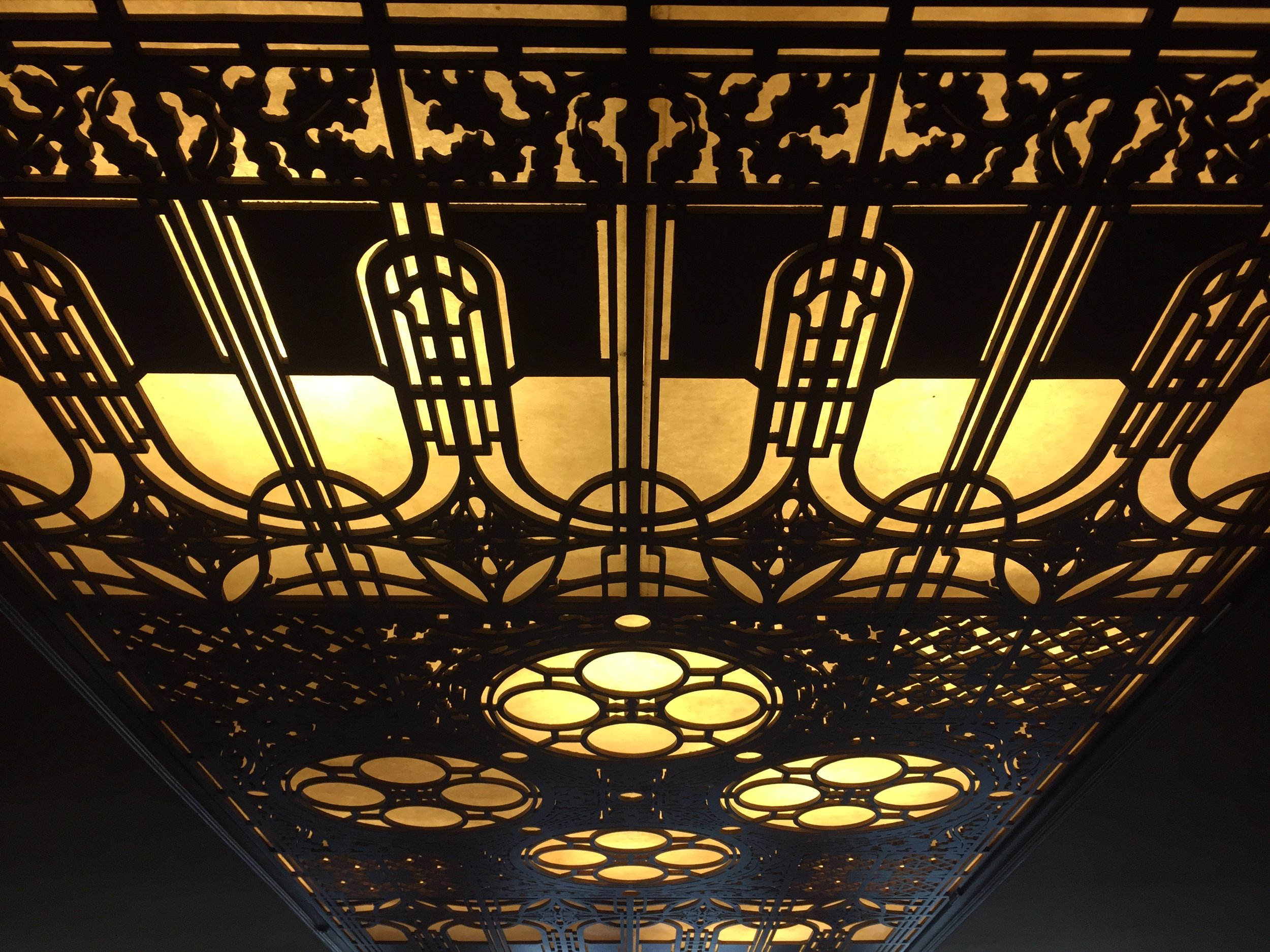Four buildings survived the Great Chicago Fire of October 1871. Two of them - the Chicago Water Tower and the Chicago Avenue Pumping Station - stand on Michigan Avenue, also known as the Magnificent Mile. Their yellowing limestone construction is unique in comparison with the surrounding buildings that now tower over them, but is what led them to survive when their former neighbours, all timber-built structures, succumbed to the fire.
Building codes were changed and the city rapidly rebuilt; new styles and construction methods paving the way for the skyline that borders Lake Michigan today. Chicago is popularly held to have been home to the world's first skyscraper - the Home Insurance Building, completed in 1885 - standing at (what seems like) a very paltry ten storeys high, compared to the worldwide mega-structures that have followed.
Merrily did I eat and drink my way around the Windy City (happy to offer recommendations if anybody wants them!), but the architectural highlight of Downtown was a Chicago Architecture Center (CAC) river cruise. Tours run by the CAC, whether on foot or on water, are led by volunteers, and the chap doing the commentary for my boat ride never missed a beat.
What was most striking is that almost any building you care to point to has its own story and identity. Whether it's an architect trying to get one over a competitor, an architect trying to outdo him or herself, or an architect responding to some social or physical constraint, there is personality in every pane of glass, every steel support, and every brick or block of limestone.
The CAC's home is a prominent, river-front building, making it a fixture of the city. It's difficult to be objective when you compare a city you visit as a tourist, wanting to make the most of every minute, with a city that your regularly visit for work and leisure, where your priorities are very different. However, I want to say - though am happy to be corrected - that London doesn't have an equivalent to the CAC that I can think of.
The Building Centre on Store Street hosts interesting exhibitions - and has a fantastic scale model of London, comparable to the one of Chicago in the CAC - but otherwise largely serves a wholly different function. Some brief research suggests the Architecture Foundation warrants further investigation as a potential London alternative, and it would be interesting to compare one of their tours as an experience.
Back in Chicago, and away from the heart of the city, a Green Line train out to Oak Park gave me a comprehensive introduction to the early career and first home of Frank Lloyd Wright. An afternoon spent wandering this leafy suburb of the city is highly recommended.
